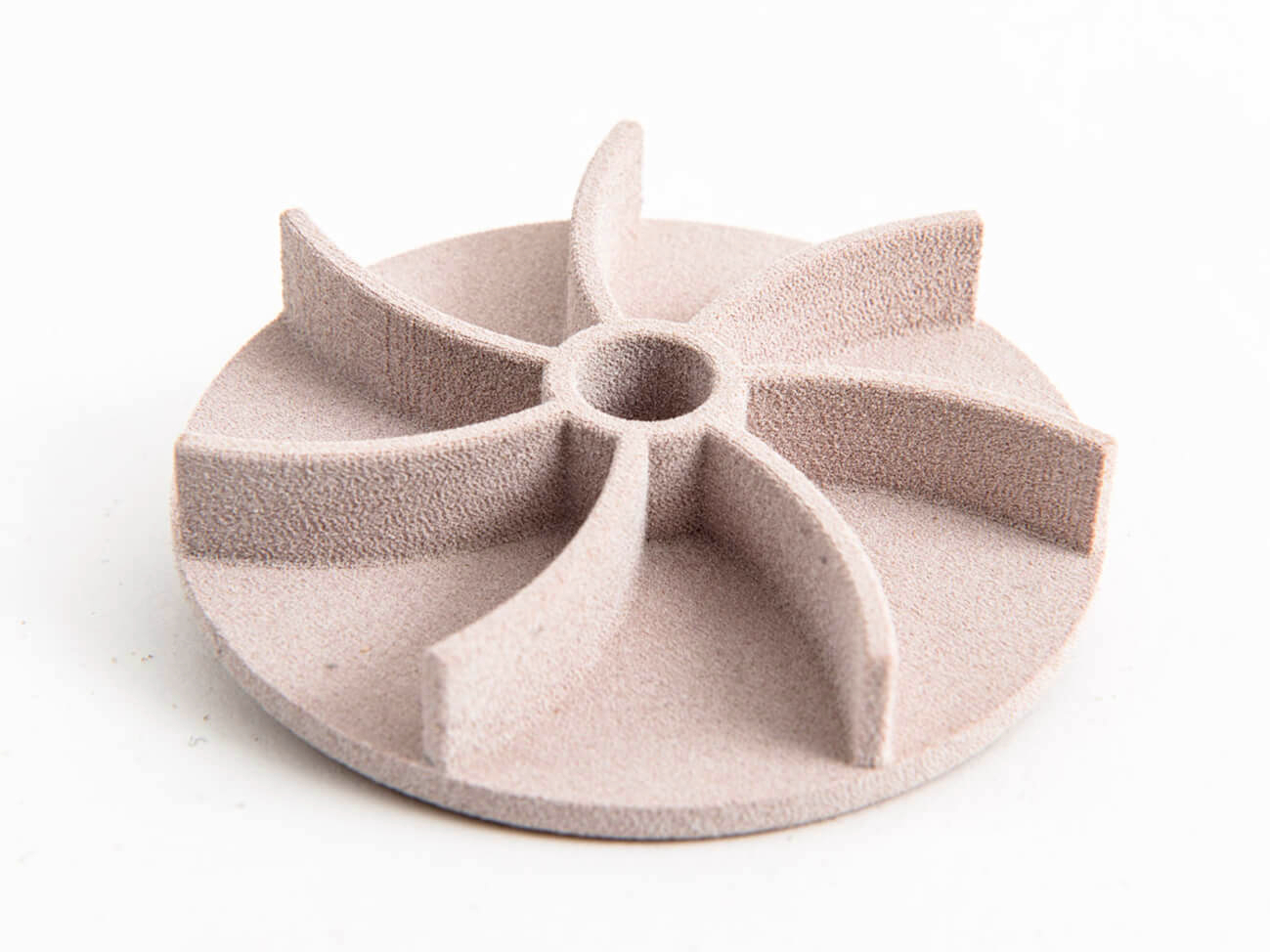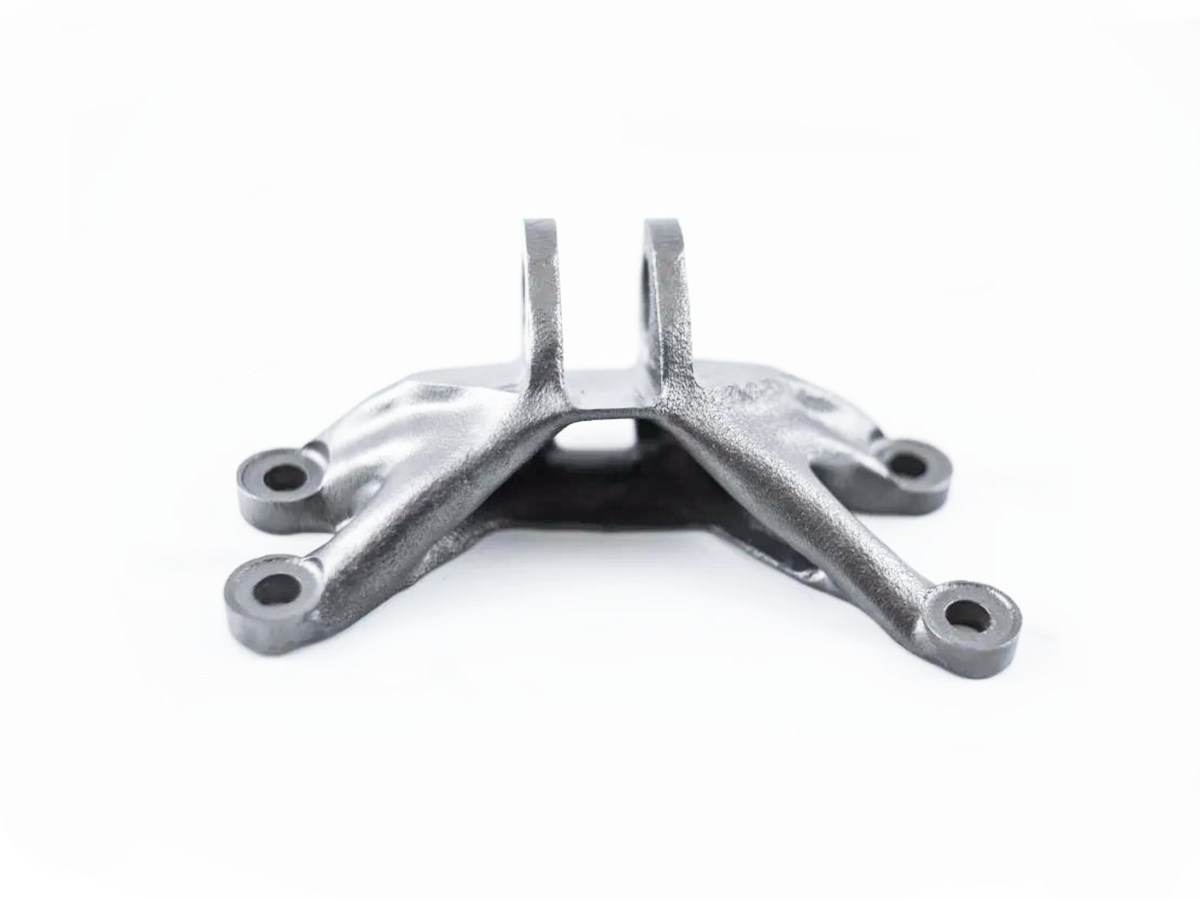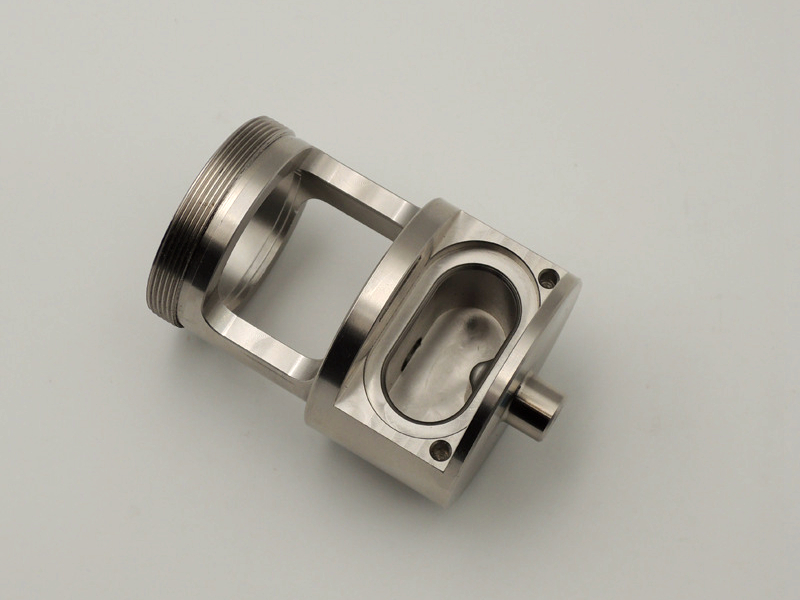Can nylon SLS parts be dyed, and what color options are available?
From a manufacturing and materials engineering perspective, the inherent porosity of nylon SLS parts makes them highly amenable to dyeing. Unlike injection-molded nylon, which has a non-porous surface skin, parts produced via Selective Laser Sintering (SLS) have a micro-porous structure that allows liquid dyes to penetrate the surface and be absorbed. This process is not a mere surface coating but a deep impregnation, resulting in color that is resistant to scratching and wear.
The Dyeing Process for SLS Nylon
The dyeing of SLS parts is typically performed using dispersed dyes in a hot aqueous solution, similar to dyeing textiles. The process involves submerging the clean, degreased nylon component in a dye bath heated to below the material's glass transition temperature (typically 70-95°C). The heat opens the polymer chains within the microscopic pores, allowing the dye molecules to diffuse into the part. After a sufficient soaking time, the part is rinsed and cooled, trapping the dye within the matrix. This results in a uniform color that permeates the entire wall thickness of the component, making it ideal for parts that may experience surface wear in applications such as consumer products or automation fixtures.
Color Options and Limitations
The available color spectrum for dyed SLS nylon is extensive, but it operates within certain technical constraints.
Starting Base Material: Virgin SLS nylon (PA12) is naturally a bright white, which provides an ideal, neutral base for dyeing. This allows for the most vibrant and accurate color reproduction. Parts can be dyed in virtually any color of the rainbow, including black, deep blues, reds, greens, and yellows.
Inherent Limitations: It is significantly more challenging to dye a dark color to a light one. Achieving very light, pastel shades or pure white is not possible through dyeing; these must be achieved with a powder coating or paint. Furthermore, the final color can be influenced by the part's inherent surface texture—a standard SLS finish will yield a slightly muted, matte color compared to a sandblasted or otherwise smoothed surface.
Color Fastness: Although the dye is deeply absorbed, it is not fundamentally molecularly bonded to the nylon, as it would be in a mass-pigmented polymer. Dyed parts generally exhibit good UV and wear resistance; however, prolonged exposure to direct sunlight or harsh chemicals may cause gradual fading. For critical applications, testing under expected service conditions is recommended.
Engineering Considerations and Alternatives
Post-Processing Integration: Dyeing is often performed after other post-processing steps like tumbling and deburring to clean and smooth the surface, but before any sealing or waterproofing treatments.
Material-Dye Compatibility: The process is specific to polyamide-based materials. It is not effective on other common SLS materials like TPU or on parts from other processes like FDM or SLA without specific, compatible material formulations.
Alternative Coloring Methods:
Mass-Colored Powder: For highest volume consistency, the nylon powder itself can be pre-mixed with pigments before the SLS process. This is ideal for low-volume manufacturing runs where a single, consistent color is required throughout.
Surface Coatings: For colors not achievable through dyeing or for applications requiring a specific texture, painting or coating is a viable alternative, though it adds a surface layer that can chip or wear.
In summary, dyeing is a highly effective and durable method for coloring 3D printed SLS nylon parts, offering a wide palette of colors that are integral to the part's structure. It is a cornerstone finishing option for transforming functional white nylon prototypes and end-use parts into branded, aesthetically finished components.



